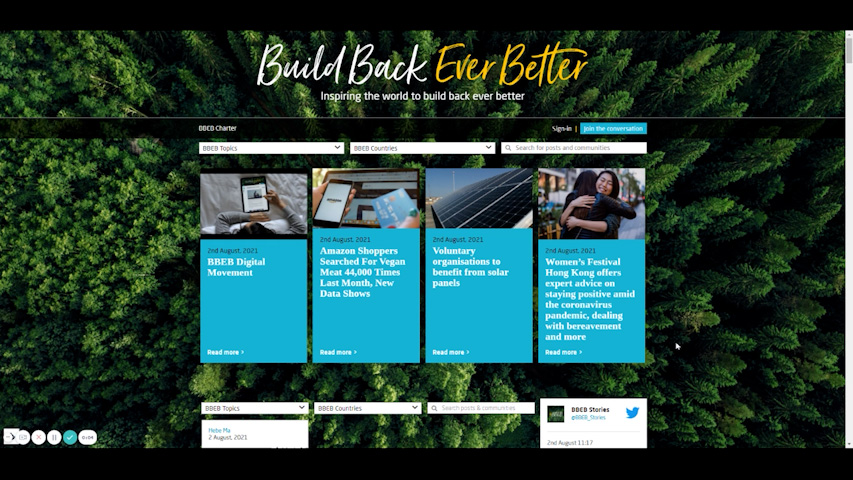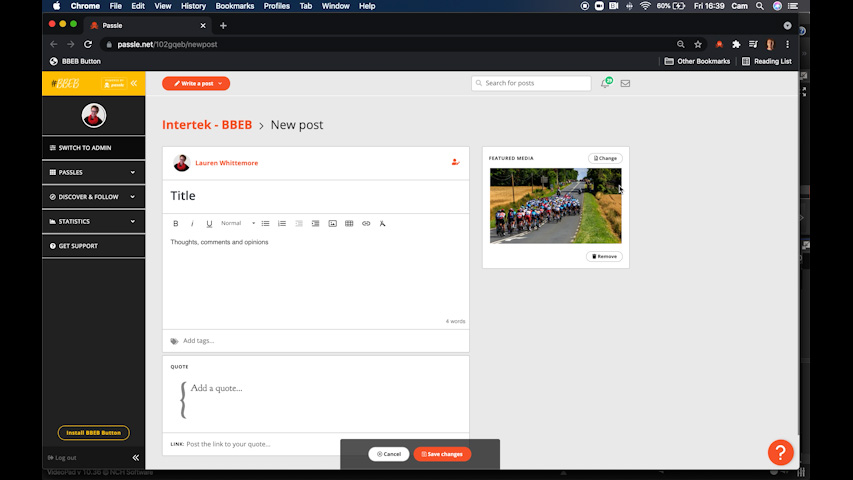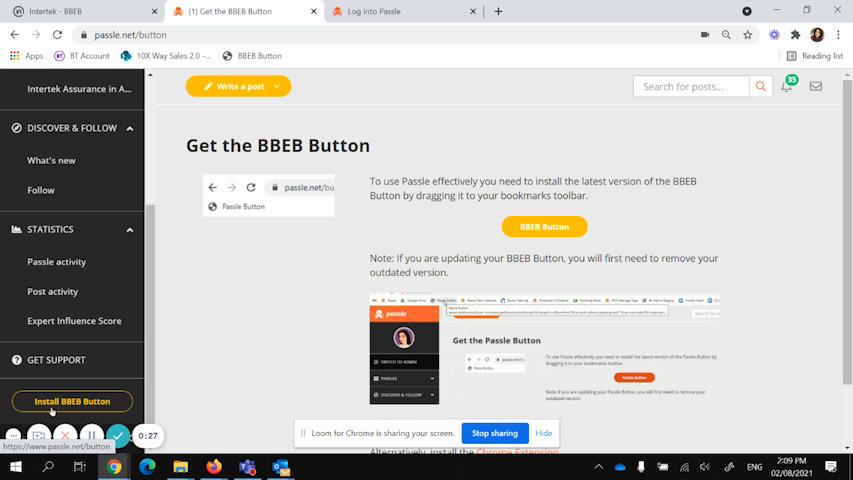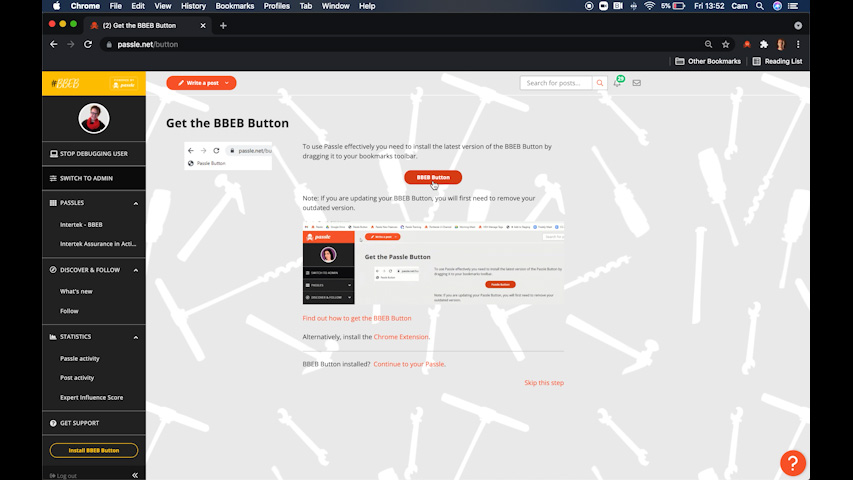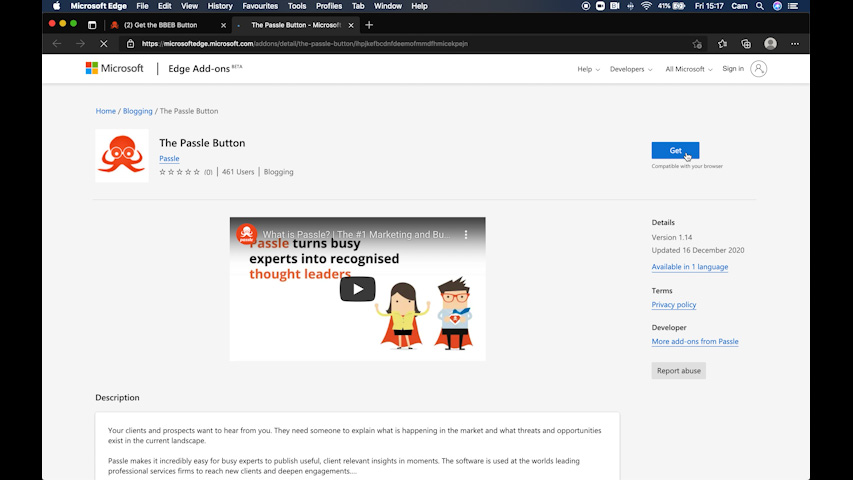Reusable cups are gaining traction as a more sustainable option in the fight against single-use plastic waste. From major stadiums to concert venues, more organizations are partnering with reuse-focused companies to reduce their environmental footprint. The impact is tangible—at Los Angeles’ Crypto.com Arena alone, 23,000 plastic cups were kept out of the waste stream over just two nights. But there’s a catch: the success of these programs depends on people returning the cups. If users take them home, not only does it increase cost, it also undermines the environmental benefits.
This is where education and behavior change become critical. The idea of paying a deposit often leads people to believe they own the cup, rather than seeing it as part of a closed-loop reuse system. Companies are starting to address this by printing reminders directly on the cups and making return bins more visible. According to the reuse advocacy group Upstream, the average stadium uses over five million single-use cups per year. Switching to reusable cups that can be cleaned and used hundreds of times could reduce plastic waste from 63 tons to under 1 ton annually—a dramatic and necessary shift.
I believe reusable cups are absolutely the way forward. Single-use should be a thing of the past. Yes, there are challenges with implementation and user habits, but that doesn’t mean we shouldn’t try. With the right infrastructure and communication, reuse systems can work—and they offer a meaningful path toward a more circular, less wasteful future.
The reuse advocacy group Upstream says the average stadium hosting 300 events per year goes through 5.4 million single-use cups and 63.75 tons of plastic waste. Relying on reusable polypropylene cups used 300 times would generate less than 1 ton of waste.
 unknownx500
unknownx500












